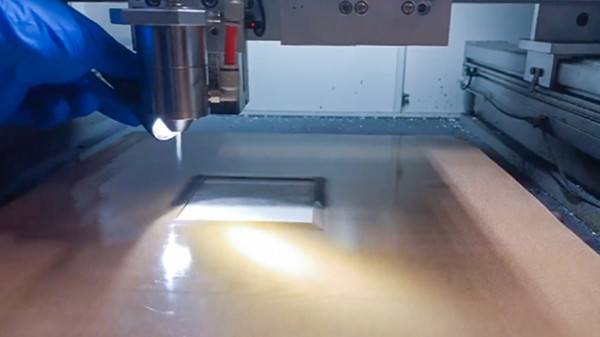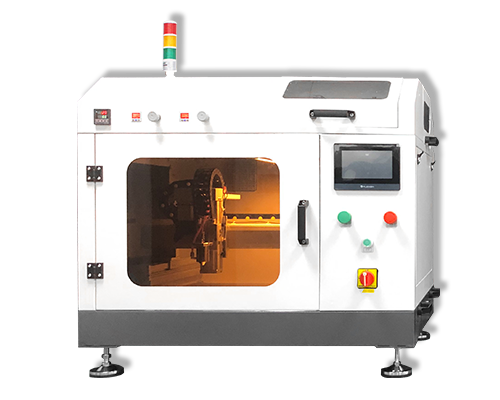Electrolyzer is an Electrolytic Hydrogen Production Equipment
Hydrogen energy has become one of the important directions for future energy development and is regarded as the only way to achieve carbon peak and carbon neutrality. At present, the main sources of hydrogen are fossil fuels such as natural gas and coal, and a large amount of carbon dioxide is still emitted during the production process. Hydrogen produced by water electrolysis is regarded as “green hydrogen” and is considered to be the ultimate direction of hydrogen production, but the current cost of “green hydrogen” is much higher than that of hydrogen produced by fossil fuels. By analyzing the hydrogen production costs of two mainstream electrolysis technologies, alkaline electrolyzer (AWE) and proton exchange membrane electrolyzer (PEM), it is found that the cost of hydrogen is mainly composed of equipment depreciation and electricity cost. Therefore, the cost reduction measures are mainly to reduce the cost of these two parts, including reducing electricity prices to reduce electricity costs, increasing the working time of electrolyzers to produce more hydrogen to dilute depreciation and other fixed costs, and reducing the equipment cost of electrolyzers, especially PEM electrolyzers, through technological progress and large-scale production.

In recent years, with the intensification of greenhouse gas emissions, global temperatures continue to warm, and climate issues have become increasingly prominent. To meet this challenge, major countries around the world signed the Paris Climate Agreement in 2016, formed a climate consensus, and formulated plans to reduce carbon dioxide emissions. my country announced its own “dual carbon goals” in 2020, namely, carbon peak in 2030 and carbon neutrality in 2060. In order to achieve this policy goal, it is becoming increasingly urgent to use low-carbon, clean renewable energy to replace the current high-carbon fossil energy such as coal and oil. In this energy revolution, hydrogen energy has become the first choice for countries to compete to develop new energy because of its advantages such as clean and pollution-free, high energy density per unit mass, storability, renewability, and wide sources. It is even called the “ultimate energy” of the 21st century. Hydrogen is currently mainly used as a basic raw material for industrial production and is widely used in various chemical industries, including oil refining, synthetic ammonia, and synthetic methanol. Due to the gradual maturity of fuel cell technology and the commercial promotion of fuel cell vehicles in recent years, the potential of hydrogen as a power fuel has been increasingly valued by all walks of life. It is expected that by 2050, it will account for 10% of my country’s energy consumption, and is expected to gradually replace traditional gasoline and diesel, completely change human power energy, and promote the third energy revolution.
At present, hydrogen production mainly comes from natural gas or coal. Carbon dioxide will be produced during the production process, which belongs to “grey hydrogen”. The development direction currently recognized by the industry is “green hydrogen”, that is, no carbon dioxide is produced during the production process of hydrogen. At present, the main production method of green hydrogen is water electrolysis, which uses electricity to provide energy and decompose water molecules into hydrogen and oxygen on the electrode. The main production equipment for water electrolysis is the electrolyzer. According to different electrolytes, the electrolyzer can be divided into three categories, namely alkaline electrolyzer (AWE), proton exchange membrane electrolyzer (PEM), and solid oxide electrolyzer (SOEC).

Water electrolysis is the main way to produce “green hydrogen”, a necessary technology for the development of hydrogen energy, and an important pillar for achieving the “dual carbon” goal. The electrolyzer is the core equipment for electrolytic hydrogen production. By analyzing the hydrogen production costs of the mainstream alkaline electrolyzers and PEM electrolyzers on the market, it is known that the current cost of hydrogen production by electrolysis is still much higher than that of hydrogen production by fossil energy, and there is no economic advantage. Its cost is mainly composed of equipment depreciation and electricity costs of the electrolyzer, which totals more than 90%. The future cost reduction space mainly lies in reducing electricity prices, increasing the working time of electrolyzers to dilute depreciation and other fixed costs, and reducing the investment cost of electrolyzers (especially for PEM electrolyzers) through technological progress and large-scale production.
With the continuous advancement and deepening of the “dual carbon” policy, the reduction of electricity costs of renewable energy (such as photovoltaics, wind power, etc.), the large-scale promotion of hydrogen fuel cell vehicles and the gradual maturity of the hydrogen energy market, the market demand for hydrogen will show explosive growth. Although “gray hydrogen” produced by traditional fossil raw materials will still occupy the mainstream of the market in the short and medium term, the use of “green” electricity to electrolyze water to produce hydrogen will be the mainstream direction of the future low-carbon economy and the only way for the development of hydrogen energy. The cost of “green hydrogen” will also inevitably drop to an acceptable level with the promotion of hydrogen energy and technological progress. Electrolysis of water will become the main source of hydrogen, and the ultimate goal of a hydrogen energy society will eventually be achieved.
Hydrogen production by electrolysis of water is the most advantageous method for producing hydrogen. Utrasonic coating systems are ideal for spraying carbon-based catalyst inks onto electrolyte membranes used for hydrogen generation. This technology can improve the stability and conversion efficiency of the diaphragm in the electrolytic water hydrogen production device. Cheersonic has extensive expertise coating proton exchange membrane electrolyzers, creating uniform, effective coatings possible for electrolysis applications.
Cheersonic ultrasonic coating systems are used in a number of electrolysis coating applications. The high uniformity of catalyst layers and even dispersion of suspended particles results in very high efficiency electrolyzer coatings, either single or double sided.
About Cheersonic
Cheersonic is the leading developer and manufacturer of ultrasonic coating systems for applying precise, thin film coatings to protect, strengthen or smooth surfaces on parts and components for the microelectronics/electronics, alternative energy, medical and industrial markets, including specialized glass applications in construction and automotive.
Our coating solutions are environmentally-friendly, efficient and highly reliable, and enable dramatic reductions in overspray, savings in raw material, water and energy usage and provide improved process repeatability, transfer efficiency, high uniformity and reduced emissions.
Chinese Website: Cheersonic Provides Professional Coating Solutions


